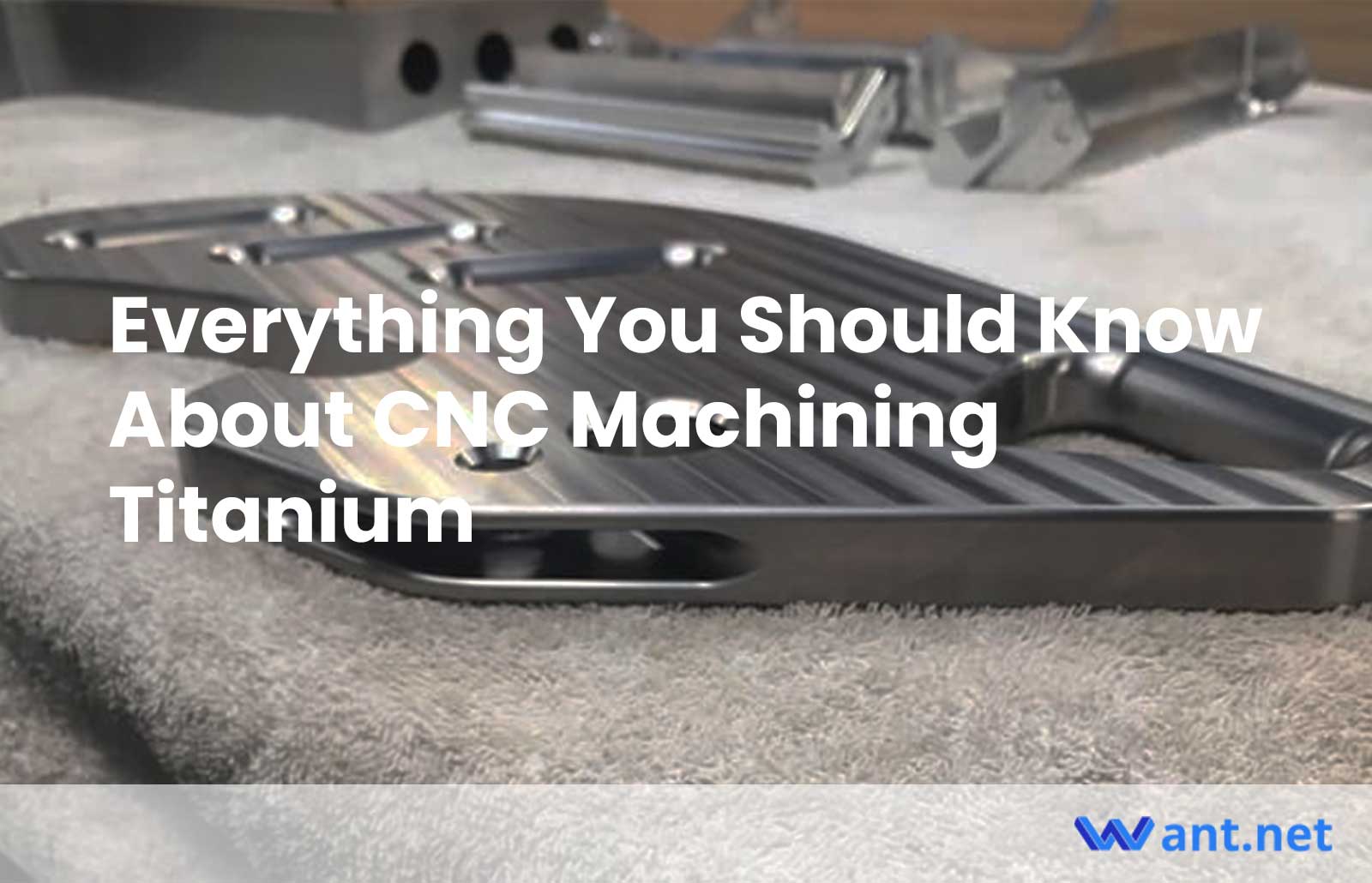Titanium (Ti), a shiny metal, has a high resistance to corrosion and high strength. Titanium is extremely lightweight and biocompatible. Ti is extracted from primarily unconsolidated sediments. Depending on the water table, it can be done in either a dry mining operation or a wet dredge. For CNC machining parts in the aerospace and medical industries, Titanium is a common material. These are some of the most common uses:
- Medical screws
- Turbine Blades
- Pacemaker Cases
- Engine Components
- Dental Implants
- Medical Implants
Bio-compatible Feature
Because of several factors, Titanium is the most bio-compatible. The first is that Titanium is highly resistant to corrosion due to its low electrical conductivity. This allows for the formation of an oxide layer, which is a passive form of corrosion resistance. Even more remarkable, the oxide layer is maintained at pH levels within the body. This means the metal doesn’t get corroded and is protected. Titanium, in addition to its medical industry benefits, is also osteoconductive. This means it promotes bone growth around the implant, allowing seamless integration into the skeletal system.
Titanium is also strong for its low density. This makes it a popular choice for medical implant applications that require strength, such as bone plates, joint replacements, screws, and other types of implants. The elastic modulus is another important mechanical property of Titanium for medical applications. An implant must have the same elastic modulus as the surrounding bone. Stress shielding and bone resorption can occur if the implant’s elastic modulus is higher.
Perfect for Aerospace Applications
For aerospace applications, Titanium is a relatively recent choice. Its strength and corrosion resistance make it an attractive choice for aerospace CNC machining. Its low density (around 60% of that of steel) and high strength make it an ideal choice for aerospace applications where weight is a concern and strength is required. Titanium is also known for its fatigue strength, fracture toughness, and crack propagation resistance. This makes it a valuable material for the aerospace industry.
Ti is also resistant to extreme temperatures. This temperature resistance allows aerospace components to resist low-temperature cracking and embrittlement, as well as high temperatures loss of strength, distortion, or melting.
Because Titanium is similar to commonly used CFRP (carbon-fiber-reinforced plasticizers), it is an attractive choice for aerospace applications. Similar features, such as the coefficient of thermal expansion, allow for uniform stress distribution on weight-bearing parts and reduces strain.
Airframe components are used in a variety of applications. These include joints and frames, which require high strength and weight savings to ensure fuel economy. This is even more critical as new sustainability goals and initiatives are launched each year to reduce carbon emissions. Components of engines, such as compressors and turbofan parts, are now made from titanium alloys.
Tips for CNC Machining Titanium
Here are some tips for CNC-machining titanium parts.
Reduce your cutting speed if there is excessive heat buildup or smearing. Also, try to glide gently into the entry point instead of feeding directly into the stock.
If you notice smearing, edge lines, or other problems with your cutting edges, sharpen them.
When machining titanium, make sure to inspect and maintain your tools regularly. Also, replace cutting edges if you notice wear.
You can fine-tune your feed rates based on trial and error. This may reduce heat buildup and smear.
Use a large volume, high-pressure coolant at a high flow rate with the preferred spindle or tool set-up.
To reduce heat generated by the cutting edge, reduce radial engagement. This will allow the tool to cool down before it re-enters the titanium workpiece.
Stability is important for every equipment used in the machining process, including the workpiece. Stability and rigidity will help reduce vibrations, tolerable issues, and heat generation.
Use conventional or climb milling to produce more material at the entry point of a mill (for higher heat transfer to the chips) and less material at its exit point. This reduces the chance of chip adhesion problems.
To avoid tooling oxidation:
- Pay attention to the axial depth.
- Change it for every cut.
- Follow the 8:1 ratio around thin walls and unsupported features to avoid deformation.
Other Articles You Might Enjoy
- Everything You Should Know About CNC Machining
CNC (Computer Numerical Control) machining is a modern manufacturing process that has revolutionized industries worldwide. But like most technological advancements, CNC machining has a long and fascinating history. From the…
- Exploring CNC Machining: From Titanium to Snap Fit( cnc cutting tools Richard)
Central to the manufacturing industry, Computer Numerical Control (CNC) machining uses pre-programmed computer software to control machinery and tools. By understanding the scope of materials utilized in CNC machines like…
- PEEK vs. PEI in CNC Machining: Which Offers Better Performance for Engineering Applications?
Introduction to CNC Machining and the Materials PEEK and PEI CNC machining is an automated manufacturing technology that involves computer controls directing machinery in performing material cutting operations to produce…









